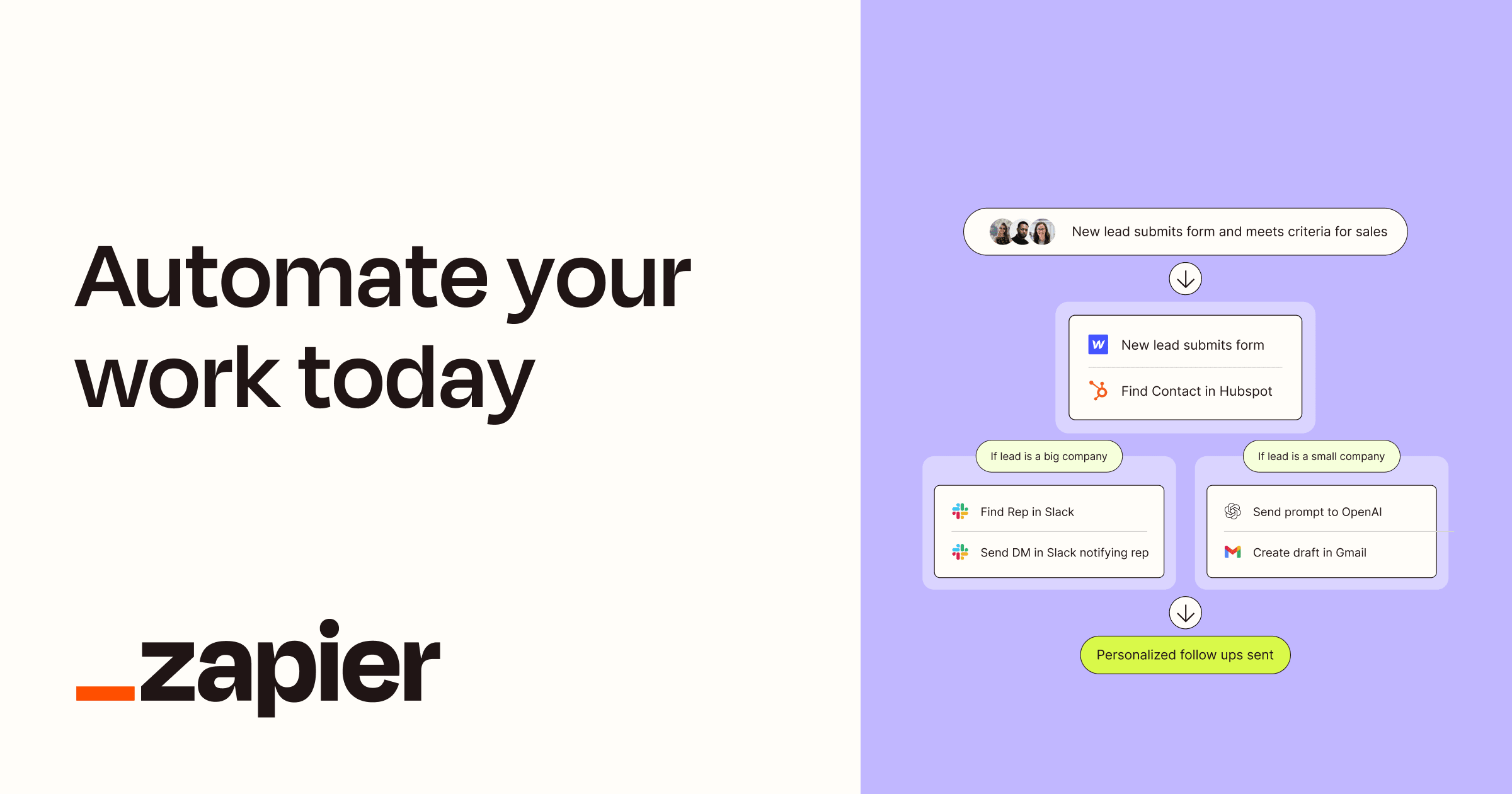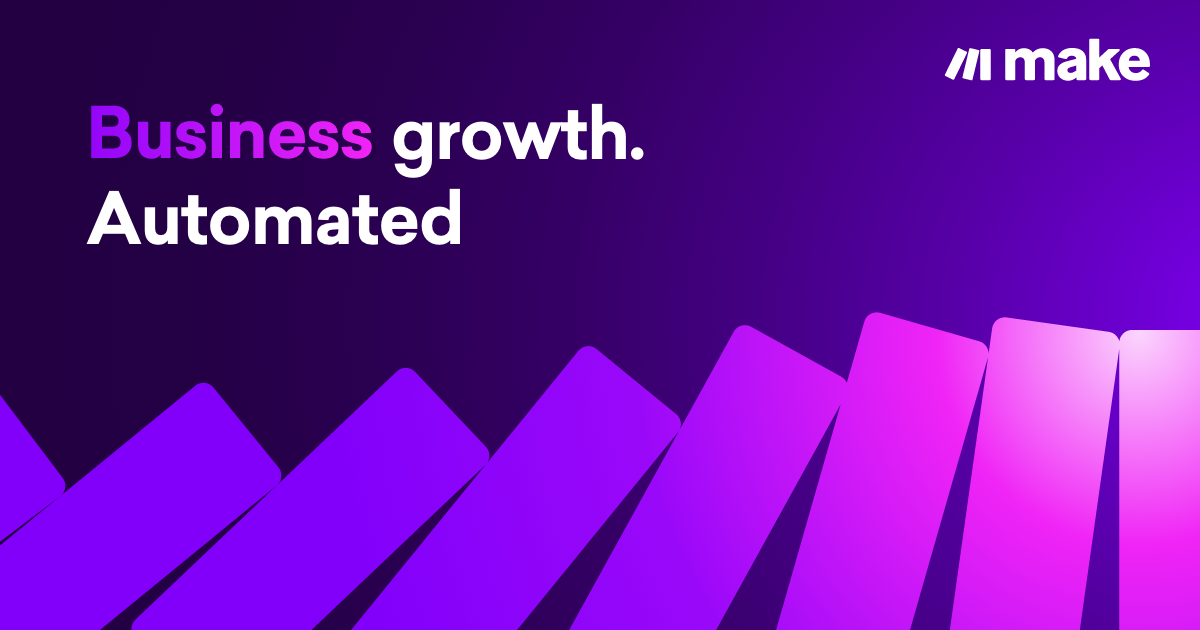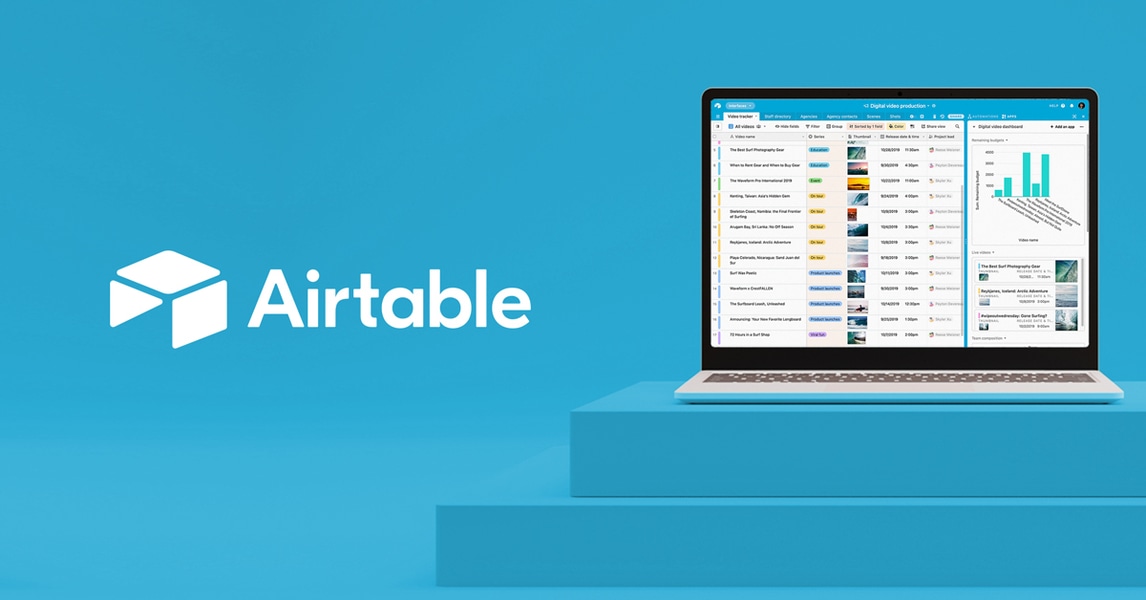Why Low-Code/No-Code Platforms are the Future of Software Development

The software development landscape is constantly evolving, and recent years have seen a seismic shift towards low-code/no-code platforms. These platforms are empowering businesses and individuals alike to build software applications with minimal coding experience. While traditional coding remains essential, the rise of low-code/no-code tools has fundamentally changed the way software is developed and deployed.
This article explores the reasons behind this revolution, highlighting the advantages of low-code/no-code platforms and examining the impact they are having on the software development industry.
Breaking Down the Barriers: Democratizing Software Development
For decades, software development was an exclusive domain, requiring specialized skills and extensive training. This inaccessibility hampered innovation, creating a bottleneck for businesses and individuals seeking to leverage the power of technology.
Low-code/no-code platforms have successfully addressed this bottleneck by democratizing software development. They offer intuitive, visual interfaces, allowing users to drag-and-drop components, configure workflows, and build applications without writing complex code. This user-friendly approach makes software development accessible to a broader audience, including business users, citizen developers, and even non-technical professionals.

Product Engineering Services
Work with our in-house Project Managers, Software Engineers and QA Testers to build your new custom software product or to support your current workflow, following Agile, DevOps and Lean methodologies.
The Power of Speed and Efficiency
In today's fast-paced digital world, time is money. Low-code/no-code platforms excel in speed and efficiency. They allow businesses to build and deploy applications much faster than traditional methods. By eliminating the need for extensive coding, development cycles are significantly reduced, allowing companies to adapt to changing market demands and capitalize on emerging opportunities quickly.
This speed translates into tangible benefits:
- Faster time to market: Businesses can launch new products and services faster, gaining a competitive edge.
- Reduced development costs: Lower development costs translate into higher profit margins and greater return on investment.
- Increased agility: Businesses can rapidly adapt to changing market conditions and customer needs.
Examples of No-Code Platforms Revolutionizing Industries
The rise of no-code platforms has resulted in a diverse ecosystem of innovative solutions catering to various needs. Here are some prominent examples:
For building web and mobile applications:
- Webflow: A powerful platform for building visually stunning websites and web applications without coding.

- Bubble: A versatile platform allowing users to build web applications with drag-and-drop functionality, ideal for creating MVPs and complex web applications.

- Adalo: Offers a user-friendly interface for building mobile applications, suitable for prototyping and creating functional mobile apps.

For automating workflows and processes:
- Zapier: Connects various web applications and automates repetitive tasks, streamlining workflows and boosting productivity.

- Integromat: Similar to Zapier, Integromat (now Make) offers advanced automation features with a focus on data manipulation and more complex workflows.

- Microsoft Power Automate: A powerful workflow automation tool built into the Microsoft ecosystem, allowing seamless integration with various Microsoft applications.

For creating custom business solutions:
- Airtable: Combines the features of a database and spreadsheet software, allowing users to create custom business applications for data management and analysis.

- Monday.com: A project management platform that can be customized to suit various business needs, including task management, workflow automation, and data visualization.

Companies Embracing the Low-Code/No-Code Revolution
Numerous companies are leveraging low-code/no-code platforms to transform their operations and drive innovation:
- Salesforce: A leading CRM provider, Salesforce leverages its own low-code platform, Salesforce Lightning, to empower users to customize their CRM workflows and build custom applications.
- Google: Google offers AppSheet, a no-code platform for building mobile applications without coding, allowing businesses to create custom apps for their workforce.
- Microsoft: Microsoft's Power Platform offers a suite of low-code tools, including Power Apps, Power Automate, and Power BI, for building custom applications, automating workflows, and analyzing data.
- Zoho: Zoho offers a comprehensive suite of business applications, including its own low-code platform, Zoho Creator, allowing users to build custom applications tailored to their specific business needs.
The Future is Low-Code/No-Code: Embracing the Evolution
The adoption of low-code/no-code platforms is accelerating, ushering in a new era of software development. This shift brings numerous benefits, including:
- Increased accessibility: Software development becomes accessible to a wider audience, fostering innovation and empowering businesses and individuals.
- Faster development cycles: Businesses can build and deploy applications faster, gaining a competitive advantage in a rapidly changing market.
- Reduced development costs: Lower development costs free up resources for other strategic initiatives and increase profit margins.
- Improved user experience: Intuitive visual interfaces and drag-and-drop functionality make it easier for users to build and customize applications, leading to a more user-friendly development experience.

Product Engineering Services
Work with our in-house Project Managers, Software Engineers and QA Testers to build your new custom software product or to support your current workflow, following Agile, DevOps and Lean methodologies.
However, it's crucial to acknowledge the limitations of low-code/no-code platforms. Complex applications requiring advanced functionality may still necessitate traditional coding. Moreover, security and scalability concerns need to be addressed to ensure robust and reliable application development.
Despite these challenges, the future of software development is undeniably low-code/no-code. As technology continues to advance and platforms evolve, we can expect even greater democratization and a more accessible software development landscape. This shift will empower businesses and individuals alike to leverage the power of technology and drive innovation at an unprecedented pace.
The future is bright for Low-Code/No-Code (LCNC) platforms. For geeks like ourselves, it presents a unique opportunity to embrace new tools and collaborate with citizen developers to build the next generation of software applications.
FAQs
What are the limitations of low-code/no-code platforms?
Low-code/no-code platforms can be limited in handling highly complex or specialized functionalities. They might not provide the flexibility needed for custom or deeply integrated solutions and can also struggle with performance issues in large-scale applications. Additionally, they may lock users into proprietary ecosystems, making future migrations difficult.
How do low-code/no-code platforms handle security and scalability?
Security and scalability are critical concerns for low-code/no-code platforms. Many platforms incorporate robust security features, including encryption, user authentication, and compliance with industry standards. However, the scalability of these platforms can vary. They are generally well-suited for small to medium-sized applications but might require additional traditional coding and architectural planning for larger, more complex applications.
What are some advanced use cases where traditional coding is still necessary?
Traditional coding remains essential for applications requiring high performance, extensive customization, or integration with legacy systems. Examples include real-time financial trading platforms, large-scale e-commerce sites with complex backend processes, and applications requiring low-level hardware interactions. Traditional coding is also crucial for developing proprietary algorithms or highly specialized software solutions that go beyond the capabilities of low-code/no-code tools.










